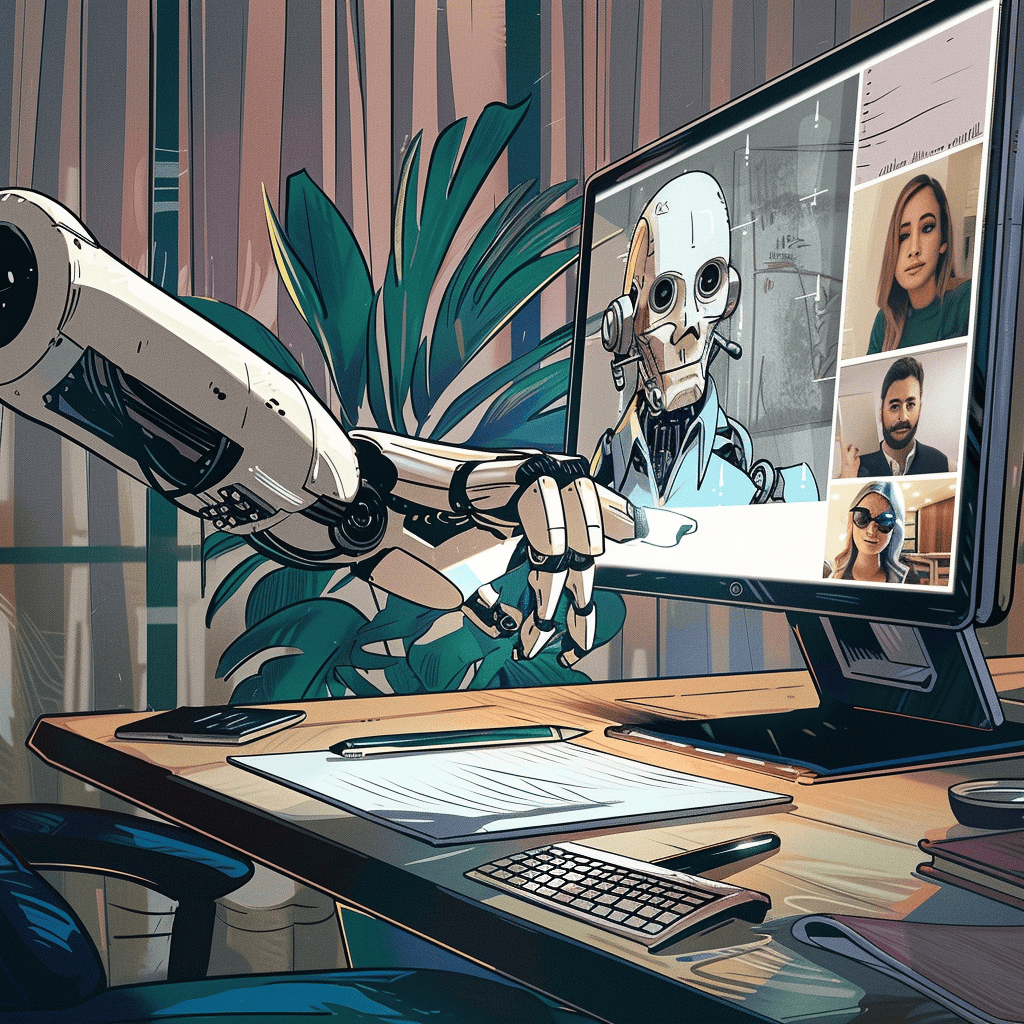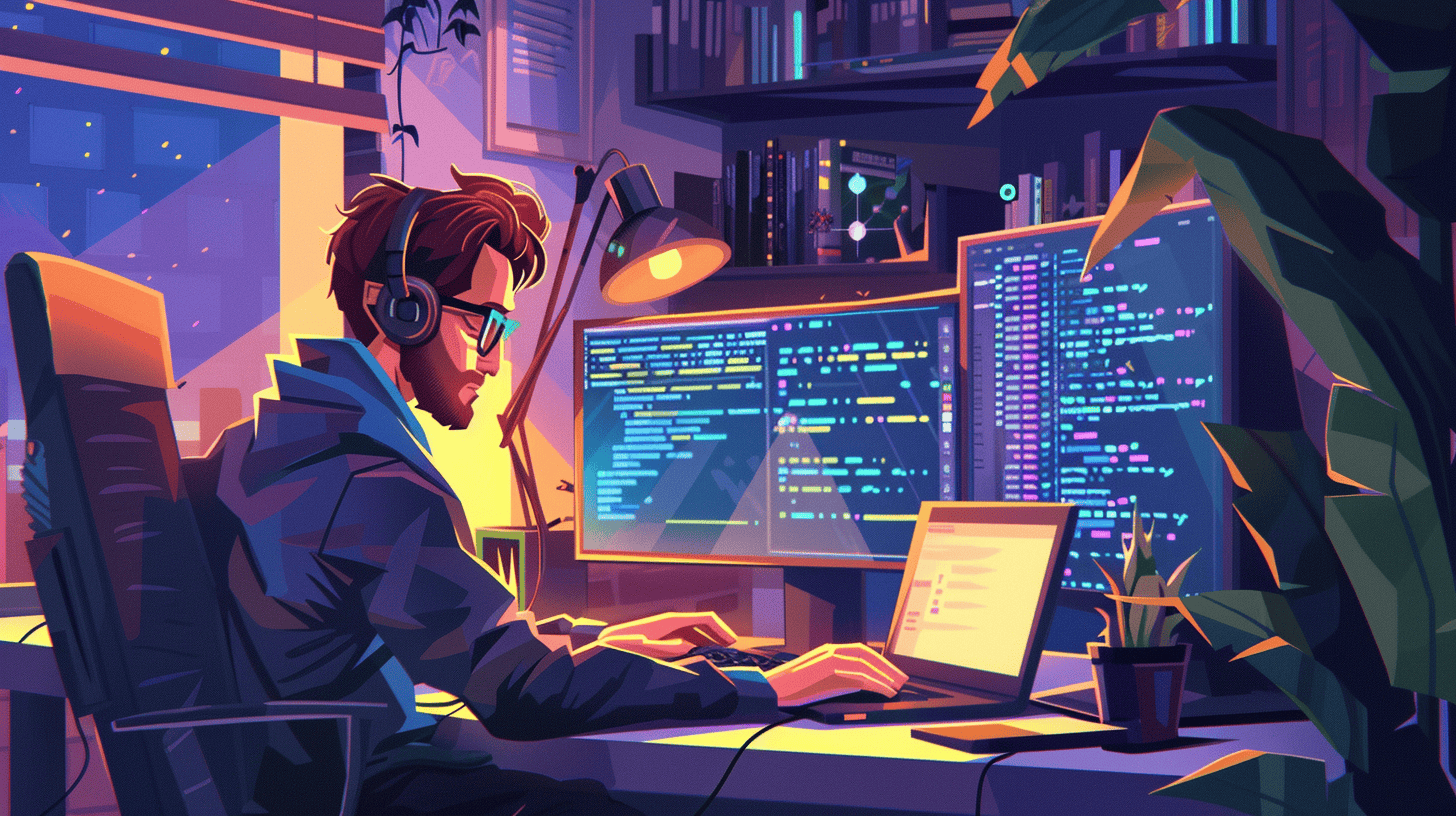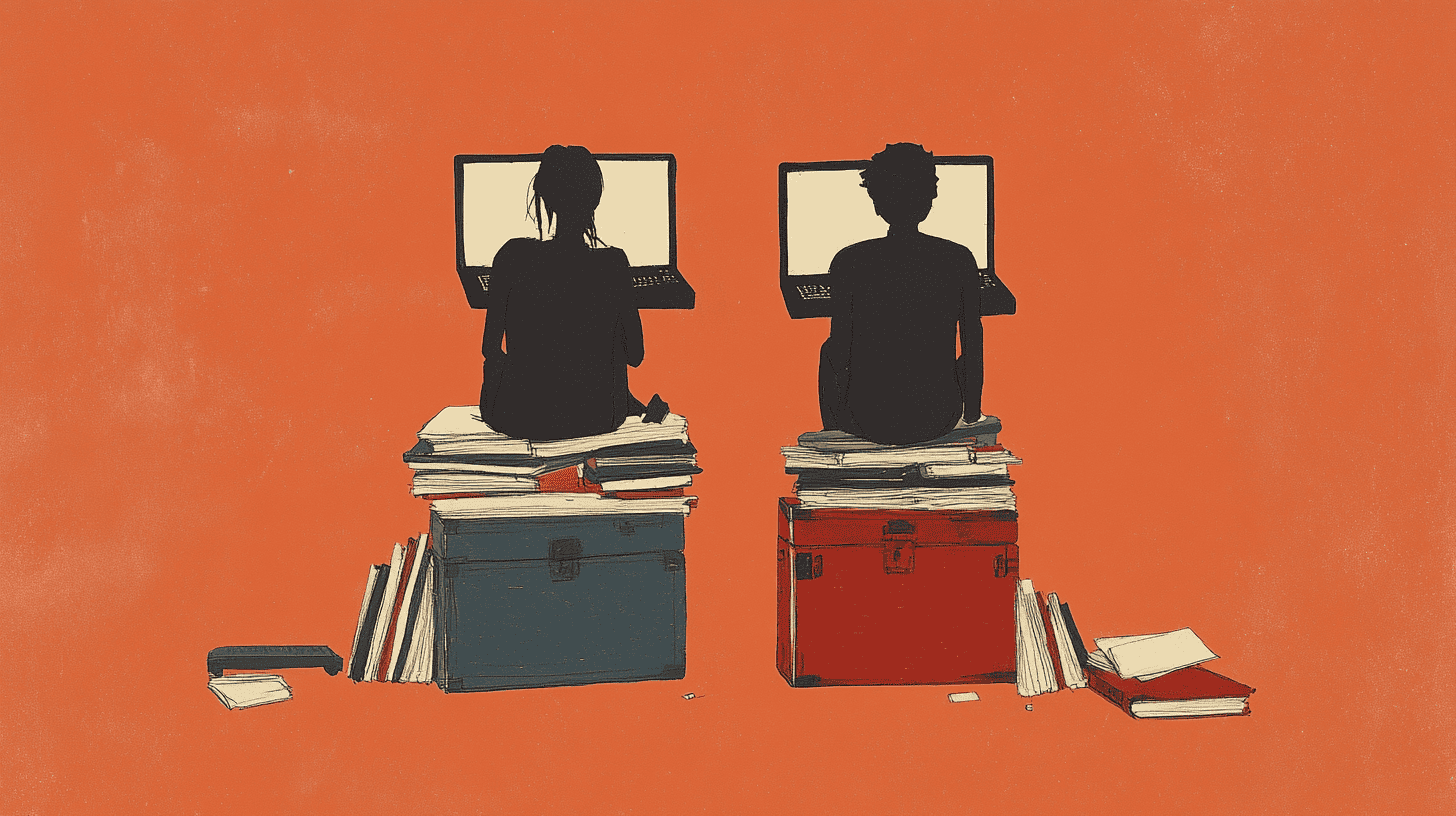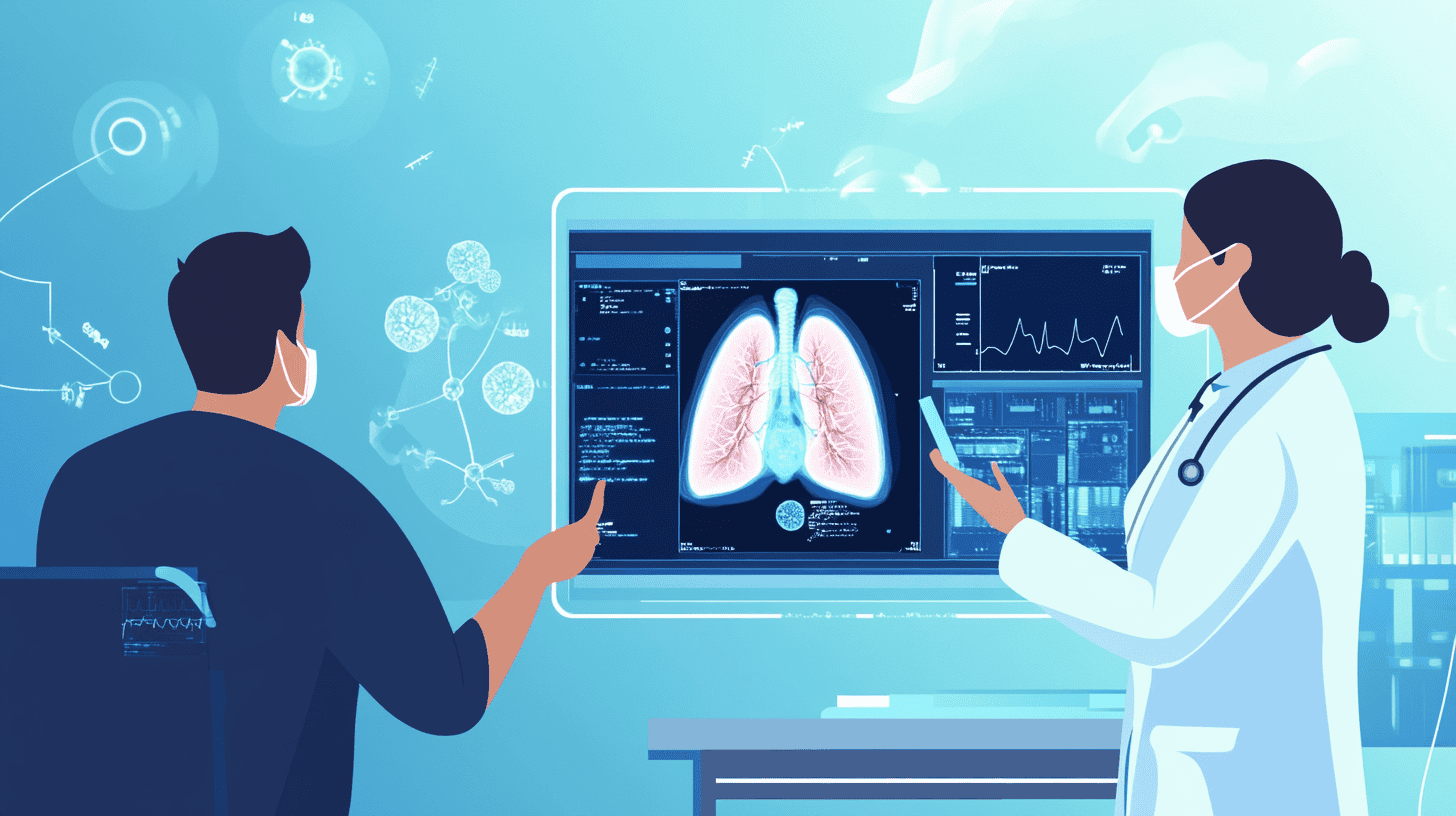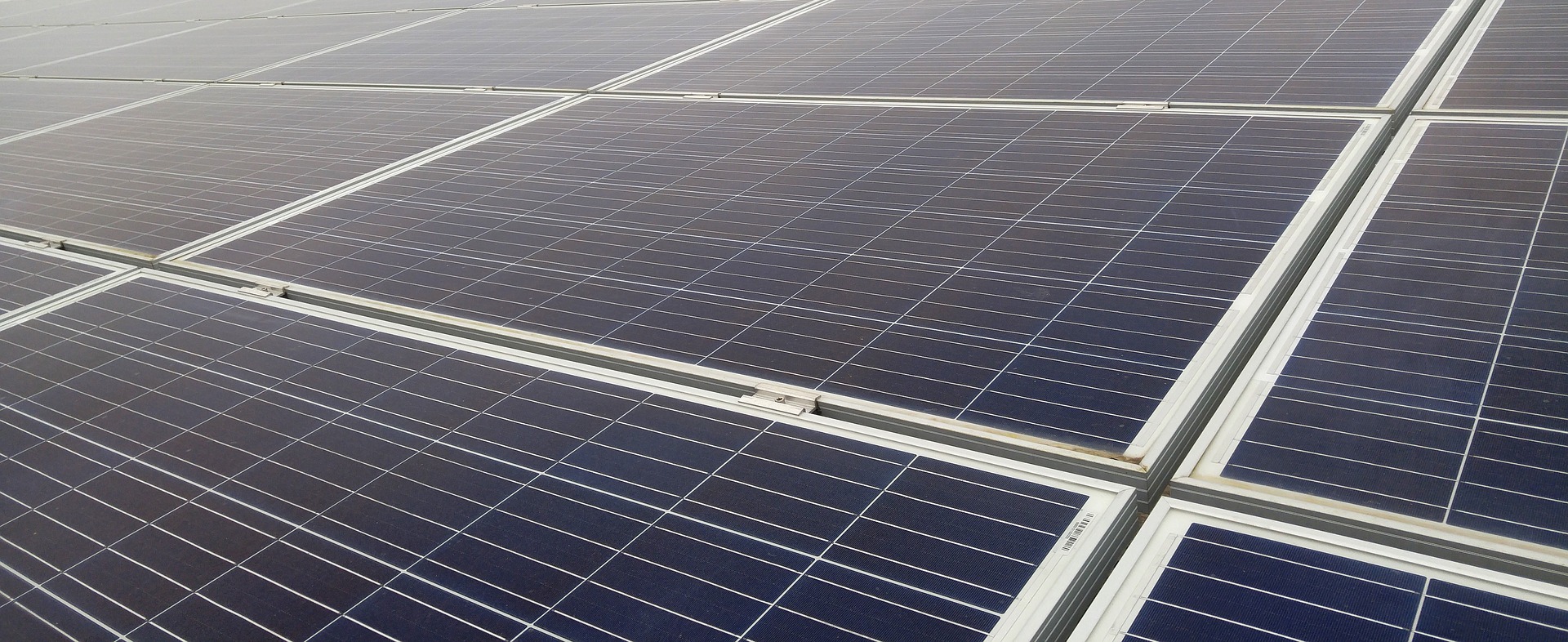
Artificial intelligence (AI) is everywhere. You can use it to find the quickest way to a store. Netflix dishes out new series to you based on your viewing history. And even the word additions that you get when typing an email are created with AI. From healthcare to finance, AI is gaining a foothold in increasingly more areas. Artificial intelligence can also play an important role in the energy transition. But what should this look like? And what is the added value of AI?
To these and many other questions, Remy Gieling attempts to get an answer during Studio Connect: AI en Future Energy Gieling is not only a moderator, but also the founder of the platform AI.nl. This is where he wants to make the impact of AI on jobs and businesses more comprehensible. On July 13 next week, he will talk to various experts from the energy sector to find out what impact smart algorithms are having on the energy transition.
Studio Connect
Studio Connect is an initiative from the AI hub Middle-Netherlands to share the latest developments in the field of AI. In each edition, entrepreneurs, experts and experts talk about their own experiences or the latest developments on a particular topic concerning AI. Click here to watch the last edition about AI and health.
In the AI hub Middle-Netherlands, knowledge institutes, companies and public parties come together to gather and share knowledge around AI. They work together on challenges for the region that focus on e.g. media and culture, healthcare, mobility, energy, construction, fintech and digital services. The hub is set up by ROM Utrecht and is part of the action agenda of the Dutch AI Coalition. Read more about it here or register for Studio Connect.
It works like this: Through a smart system, energy consumption is suspended when the price of electricity is high and resumes once the price drops back down again. This usually happens when a lot of wind or solar energy becomes available in the grid. Supply and demand are thus better matched and the grid remains more in balance
Matching supply and demand using artificial intelligence
One of the experts joining us next week is Bouke Siebenga from Friday Energy. This Utrecht-based company offers companies a smart battery system for storing electricity from solar panels. The self-learning software determines for each company the best moment to use green power. Or to even store it for later use. This saves companies energy and connection costs. In addition, all batteries from Friday Energy are connected digitally. Users can share energy with each other via a smart algorithm. All connected companies form a mini power plant this way.
According to Siebenga, AI is going to enable the supply and demand of energy to be matched more effectively. This will allow for much smarter use of the existing capacity in the electricity grid. “Green power is variable, the amount of energy depends on the number of hours of sunlight or wind power. In the present system, this leads to imbalances and fluctuating energy prices. By using AI, you are able to rebalance the grid. This can even limit the investments needed to expand grid capacity. A concept such as demand response is a good example of this,” he explains..
Virtual energy grid
But AI on its own is not going to solve the fluctuations in green power. This also calls for storage systems so that sustainable energy can be used at a later time. According to Siebenga, energy storage combined with artificial intelligence is going to play an important role in the transition. “By storing self-generated solar power, companies will be able to scale down their capacity. By using this energy during peak hours, they avoid high tariffs. There are also companies that are located in an area where the grid is congested. They are not allowed to feed energy back into the grid, or only at limited times. With our smart software, we can anticipate this and choose the most favorable time for feeding back energy into the grid.”
How does this contribute to the energy transition? Siebenga asserts that this is not so difficult to explain. “First of all, with our solution we enable entrepreneurs to use green power from their solar panels as much as possible themselves. They are less dependent on the electricity grid this way. What’s more, all Friday Batteries are digitally connected via the cloud. Users with a surplus of solar energy can share it with someone who has an empty battery. This simply goes through the public grid. We use a smart distribution key In order to allocate the energy. That takes into account all kinds of factors such as weather, grid load, energy prices and information about other Friday Batteries. This helps the grid operator to optimize the grid.”
Greater use of green energy
Within 10 years, Friday Energy wants to be able to supply a city like Utrecht with power for 10 minutes with their virtual battery. Siebenga: “The grid just can’t handle 100 percent sustainable energy. You can compensate for that with batteries. The capacity required to supply Utrecht with power for 10 minutes is, of course, just a drop in the ocean. But it is something we are working towards. After all, if we can connect more smart batteries together, that will lead to greater use of green energy and a better balance in the public grid.”
In order to be able to link more different types of systems with each other, it is important that these devices ‘speak’ the same language. Siebenga is now noticing that this still sometimes causes problems. “A battery from one brand sometimes does not work together with solar panels from another brand. We are now working on a kind of standard that works independently of the supplier or type of device. This will allow our smart software to work on all kinds of different systems. And we can, for example, install charging stations in places where the grid connection is still too small.”
Smart systems have the future
Ultimately, Siebenga believes that the key to the energy transition lies with smart systems. Such a system must know when the best time is to charge a battery. It must be able to switch quickly with any changes in the weather conditions, for example. “Digitalization has taken off. Computers, sensors and other equipment have become faster and more powerful.”
“Battery technology is also continuing to evolve. I think technology has developed far enough to make the energy transition possible. But where there is still much to be gained is in AI applications. For instance, we can use smart algorithms to predict what energy prices will do next, so that batteries can respond accordingly. Ultimately, it’s not about which battery technology we’re going to use. It is much more important that a battery knows that it needs to store extra energy. For example, because the sun is not shining at some point or because the grid is overloaded.”
Crossroads 2021
Want to look further beyond AI? In the fall, StartupUtrecht and ROM Utrecht Region are organizing Crossroads 2021 together with a host of partners. From the 8th to the 11th of November, Utrecht will be the setting for all kinds of events for start-ups and scale-ups. This year’s theme is MEET > MATCH > MULTIPLY. How do you grow as a start-up? Where do you get funding from? This will all be discussed during interactive sessions or keynote speeches on topics such as sustainability, health and funding. Find more information here.



